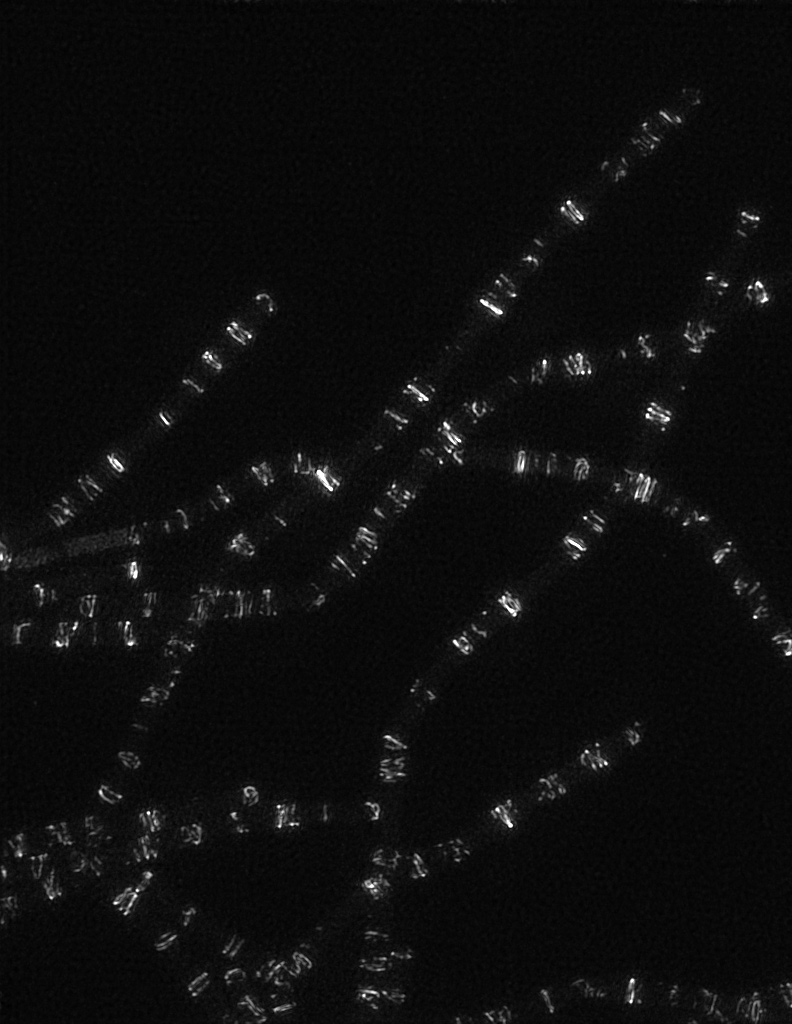Physiology Course Solves a Piece of the Bacterial Cell Division Puzzle

Cell division in bacteria is a fundamental and medically important process, but how it works on the molecular level remains enigmatic.
Recently, the MBL Physiology course hosted a collaboration that managed to fit an important piece into the puzzle of bacterial cell division. Led by Physiology faculty Ethan Garner of Harvard University, the group’s results were published last week in Nature Microbiology.

“This paper is very much a product of the scientific environment in the Physiology course, which makes it easy to think creatively and take risks,” said Georgia Squyres, lead co-author with Matthew Holmes on the paper.
All the paper’s authors were in Physiology in 2016 and/or 2017 as students, faculty or teaching assistants.
Although many of the components that drive cell division in bacteria have been identified, how they work together isn’t well understood. This group used single-molecule imaging to reveal the dynamics of key components of the machinery: Proteins that associate with a “Z ring” at mid-cell that constricts as the cell divides.
“From a practical standpoint, the Physiology course provided resources and funding both during the course and afterward, when [Physiology students] came to the Garner lab for post-course research,” Squyres said.
“Beyond that, the adventurous and collaborative atmosphere in Physiology, and the energy and talent of the students, meant that we were able to do ambitious assays and test creative ideas that ultimately defined the project,” she said.
For more background, see the “Behind the Paper” post Squyres wrote for Nature Microbiology.
***
Citation: Georgia R. Squyres , Matthew J. Holmes, Sarah R. Barger, Betheney R. Pennycook, Joel Ryan, Victoria T. Yan, and Ethan C. Garner (2021) Single-molecule imaging reveals that Z-ring condensation is essential for cell division in Bacillus subtilis. Nature Microbiology, doi: 10.1038/s41564-021-00878-z